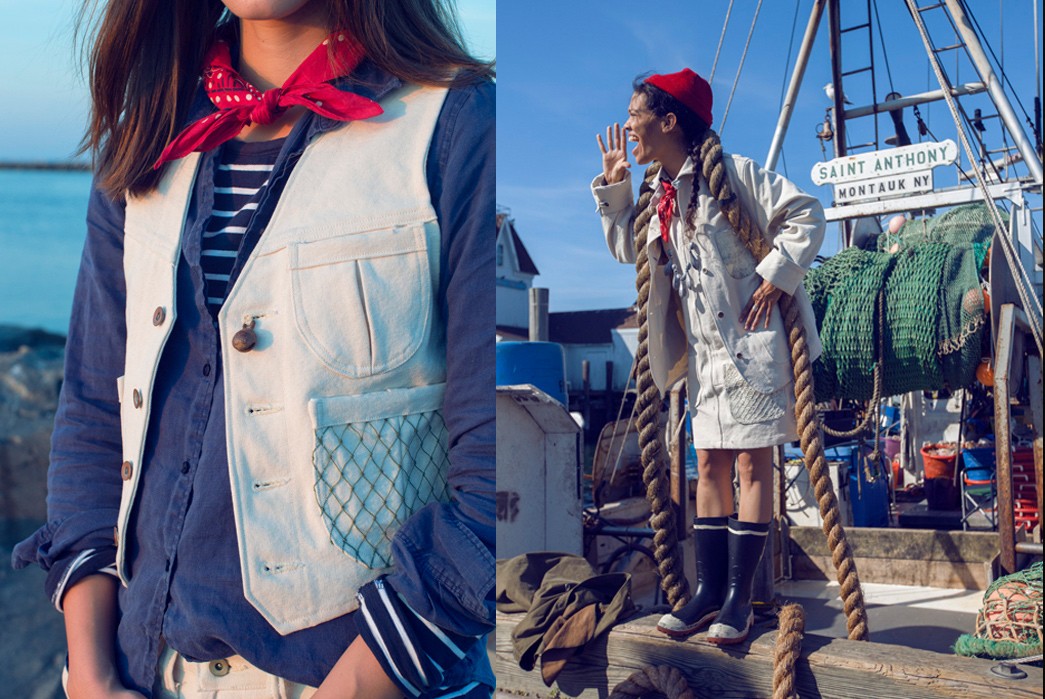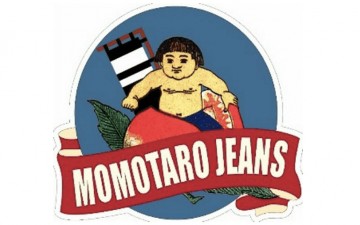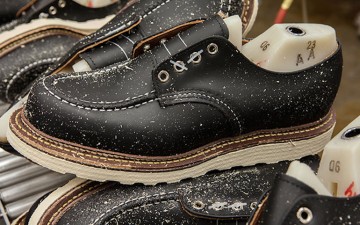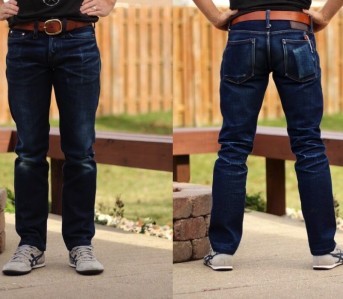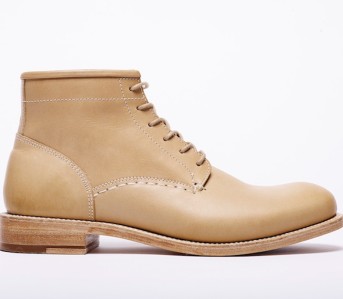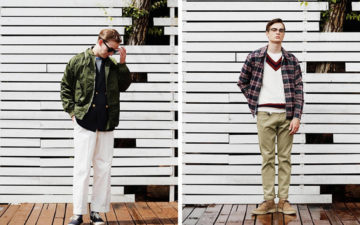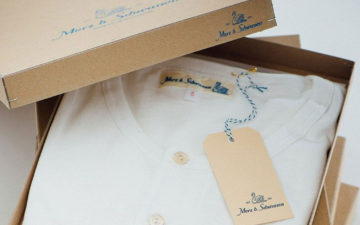The main thrust of heritage wear pulls from military, sports, and workwear from the first half of the twentieth century. But like many arenas from that era, the options for women were slim to non-existent. A valid criticism of this style is that there’s very little for the female consumer. Enter Lauren Yates and her new brand W’menswear, who plans on making heritage style clothing specifically for women.
You may know Lauren from her blog Ponytail Journal (read our profile here), and if you do you know she’s all about heritage wear. So it seemed only natural when she told us she was launching her own brand, and we’re happy to be the first media outlet to introduce her brand to the world.
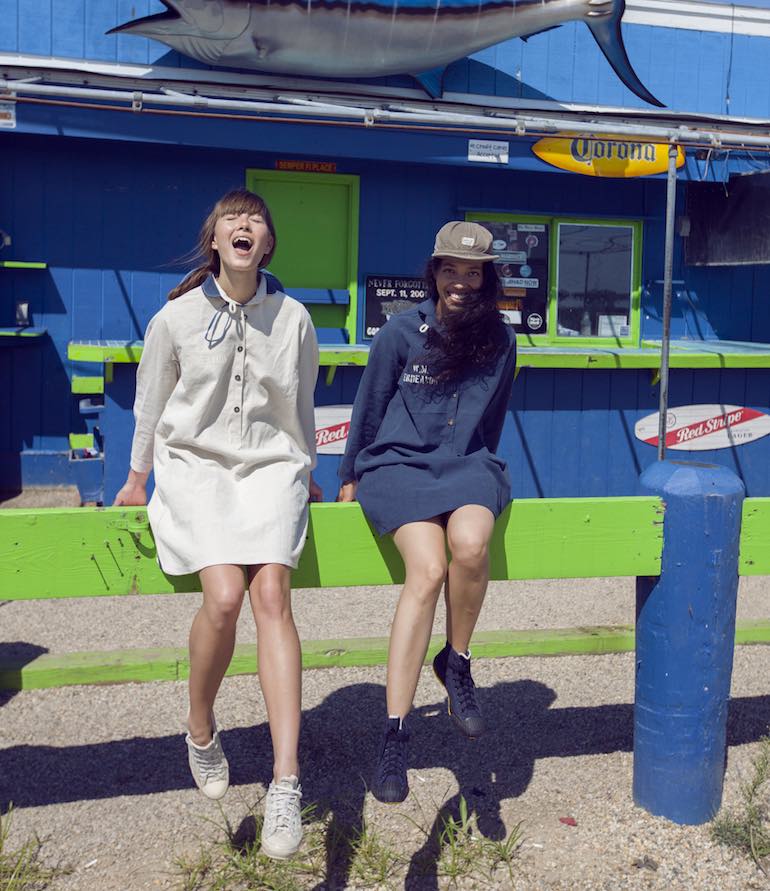
Womenswear is a huge market with a wide variety of brands, but strangely no one really tapped into heritage wear, which is what motivated Lauren. She explains:
“Meeting so many great people along my way and watching many-a-startup cut their paths in the world, made me curious to see how I could bring something to the table that perhaps didn’t quite exist yet.”
But there’s much more than just filling a gap. Her fundamental issue with womenswear is that it’s much more trend oriented than menswear, and thus more superficial. In her words, “I aspire to change how women consume garments, mindfully rather than following trend, and I wish for clothes to be made with that same focus on construction and longevity.”
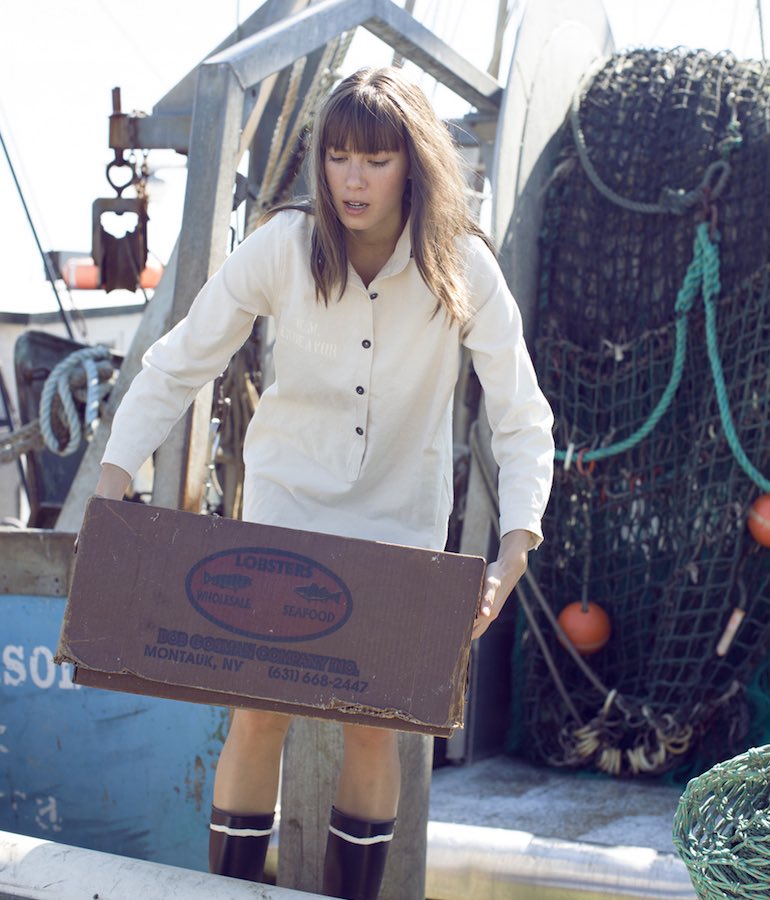
Fishing is one of Lauren’s favorite hobbies–and one that got her into heritage wear to begin with–the ocean plays a central role in her brand’s creative universe:
“It’s safe to say that the ocean is actually a big driver of the brand (not just this first collection) and much of my time and research evolves around it, like for example the WAVES division of the US Navy during WW2 that ties in with my garment design and storyboarding.”
The ocean is a super important part of my own identity, and to be honest, my creative work is very much intuitive expression. I fish, I surf, and I feel a deep connection with water. It has an incredibly relatable meditative quality that is far more powerful than we realize. It’s also in need of care, and I think if I can bring at least one person’s attention to it then I’m on the right path.”
The Collection
The collection consists of 8 different styles, with each one offered in three different colorways: Sail Dress, Chore Coat, Fisherlady’s pant, Fishing Vest, Gutting Smock, Raincoat, Vareuse, and Braces.
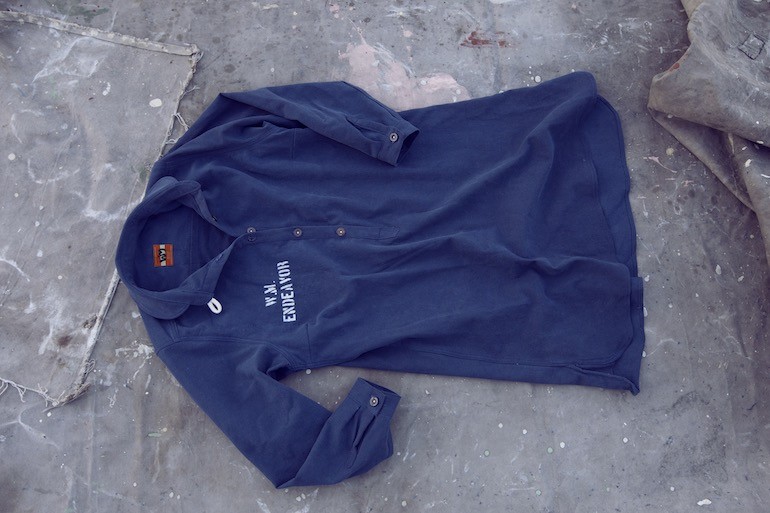
The Sail Dress
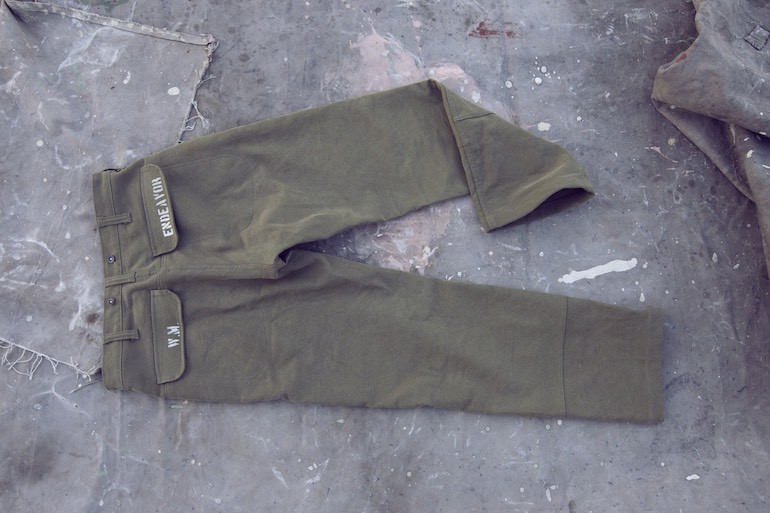
The Fisherlady’s Pant
In addition, W’menswear will feature an accessory line made in collaboration with Australian object designers Lyn and Tony. The line will comprise 6 different styles made from deconstructed denim and solid brass.
The two central fabrics of the collaboration are denim and canvas and all aspects of production will be overseen by Ben Viapiana and his team in Thailand, which guarantees top notch quality in both fabric sourcing and product construction.
Producing in Thailand
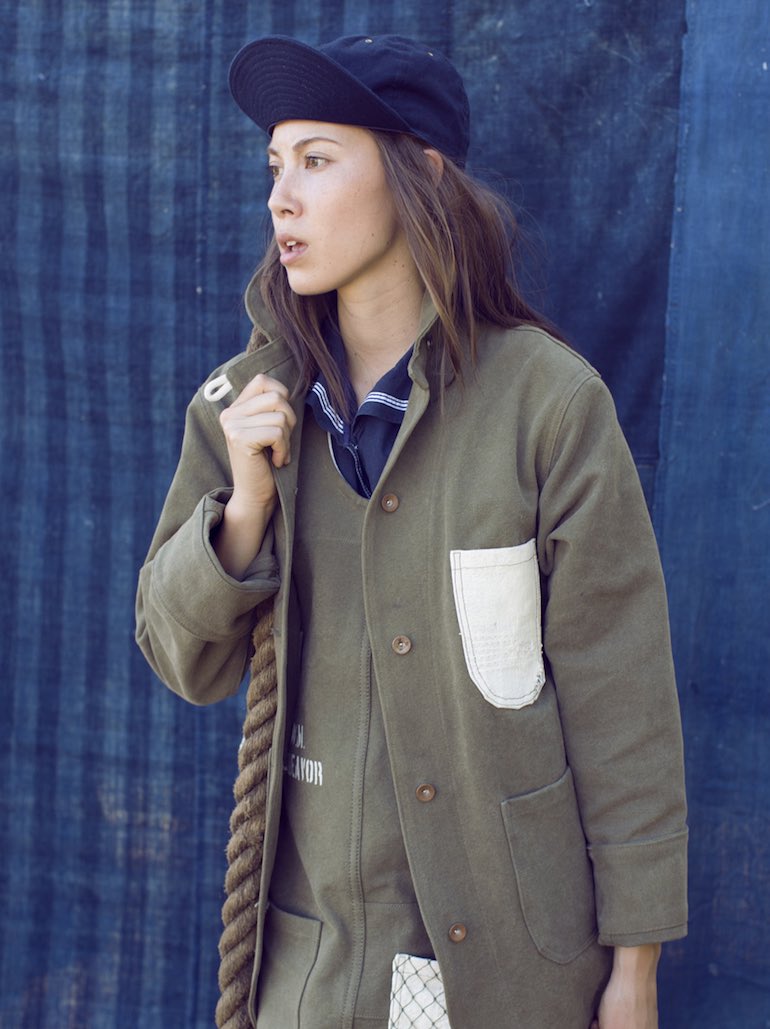
Lauren is based in Thailand, so it’s a huge boon to produce everything locally but Made in Thailand does not necessarily have the same cachet in the heritage market as Made in USA or Made in Japan. As we’ve mentioned in the past, the discussion of manufacturing location shouldn’t revolve around where the clothes are made but by whom and using what.
W’menswear’s production is handled by Ben Viapiana, founder of the eponymous custom denim company based in Thailand. That guarantees that production standards will be high and only top notch fabric will be used. In order to give back to Thailand through W’menswear, Ben will spearhead an apprenticeship program to teach his craft to young Thais so they can eventually start their own legacy.
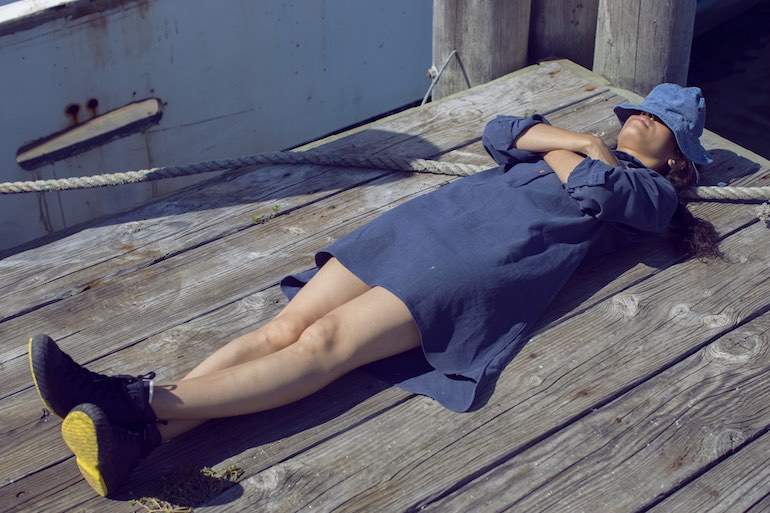
It may sound counter-intuitive to some readers, but not all businesses aim for immediate growth, at least not as intensively as we conceive it in Western economies. I’ve met several superior quality brands who have been around for up to 20 years, yet no one knew who they were. This is no accident.
Getting big comes with a whole set of infrastructural, creative, and inventory issues, but the most important one W’menswear hopes to avoid is wasting natural resources.
When producing clothes at a fast pace in bulk you can’t really control how precisely you cut the fabric and thus you waste a lot of it. This is something Lauren really will be able to completely avoid big keeping things small and lean. She explains:
“Friends of mine who run Revision Society (a project-based label who strive to address inefficiencies in industry that result in gross ecological consequence) opened my eyes to the sheer amount of waste that is a byproduct of mass production in fashion. We’re talking about tonnes of unused rolls of fabric going into landfill. Picture something like untouched Harris Tweed going to waste and that’s what’s really happening.
“I suppose with huge labels who produce en masse, it’s cheaper to throw away unused material rather than pay for the man power to deal with it, but there is something seriously wrong with this model. We should use what we need, or pass on excess to someone who can.”
W’menswear will be available this upcoming Fall at Nigel Cabourn’s Army Gym in London, Nigel Cabourn’s Woman Store in Tokyo, and Onion Store, the biggest Thai online store for American made workwear.
In the meantime, you can learn more about the brand and view their lookbook via their website.
All images by Eric Kvatek.

